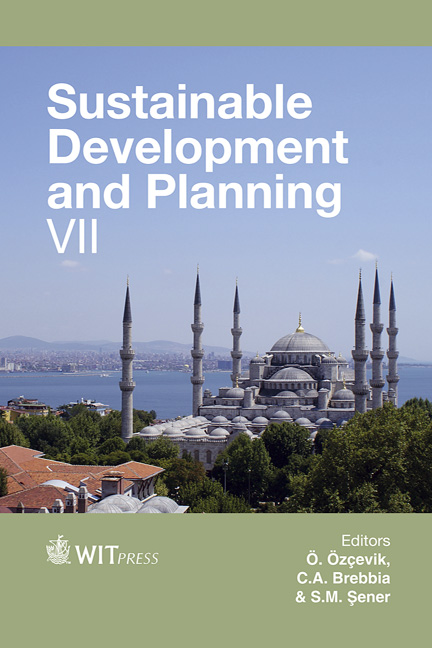The Relationship Between Identity And Vulnerability Values In Carrying Out Interventions In Protected Urban Areas
Price
Free (open access)
Transaction
Volume
193
Pages
16
Page Range
609 - 624
Published
2015
Size
3,458 kb
Paper DOI
10.2495/SDP150521
Copyright
WIT Press
Author(s)
C. O. Gociman, C. I. Moscu, E. S. Georgescu
Abstract
Human settlements, the result of continuous living on a territory, acquire classified heritage values over time, but mostly they keep specific ways of spatial organization building that identify a community. In this respect, the “Convention for Architectural Heritage Safeguarding“ promulgated by the Council of Europe – Granada 1985 – stated “the desire to preserve a place’s identity mentioning the importance of transmitting a system of cultural references to future generations”. Thus, destroying spatial landmarks by earthquakes and by demolition and large scale reconstruction during the communist period in Bucharest destroys the public memory. This paper aims to identify the critical apparatus meant to base the analysis of a built area exposed to multi-hazards in a balanced relationship between the cultural and functional value as a reporting identity size, and its state vulnerability value related to security of space and environment on the other side. The concept of cultural value has been enhanced by details of scoring criteria and methods, based on the 6 scaling stages of the Monuments Law. The functional value of a built area has been set by the provisions of the Construction Code on the important classes of buildings and of course by the provisions of the Urban Plan, regarding functional zoning. Use value status has been defined in accordance with law of “Quality of Constructions” and defines the way listed requirements are met, regarding structural safety, fire safety and reliability of operation and also in terms of environmental quality assessments (lighting, thermal and sound protection). Intervention strategies on built protected area as current maintenance; conservative maintenance; conservative intervention; restoration; partial restructuring; global restructuring; demolition; new proposals shall be the result of a holistic relationship between reporting identity and vulnerability values.
Keywords





